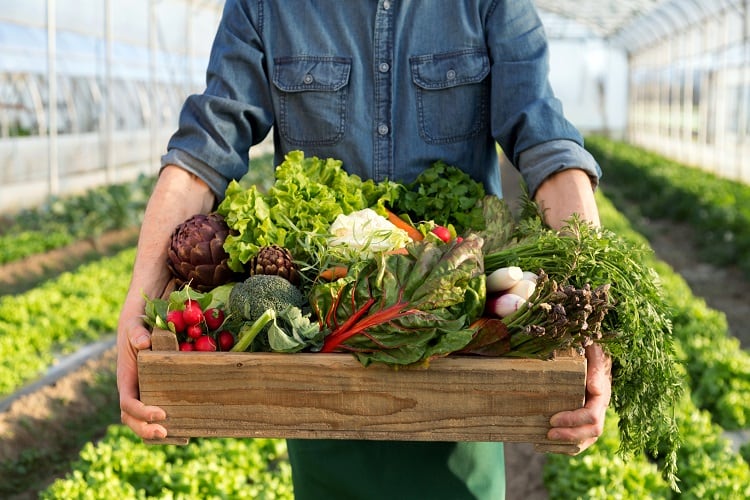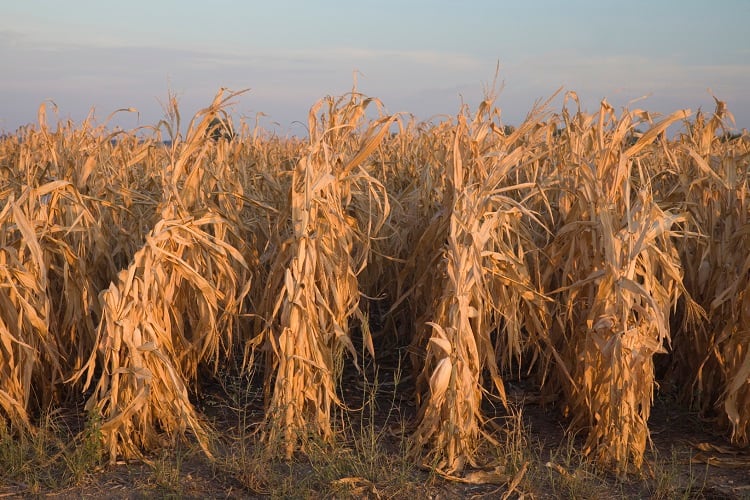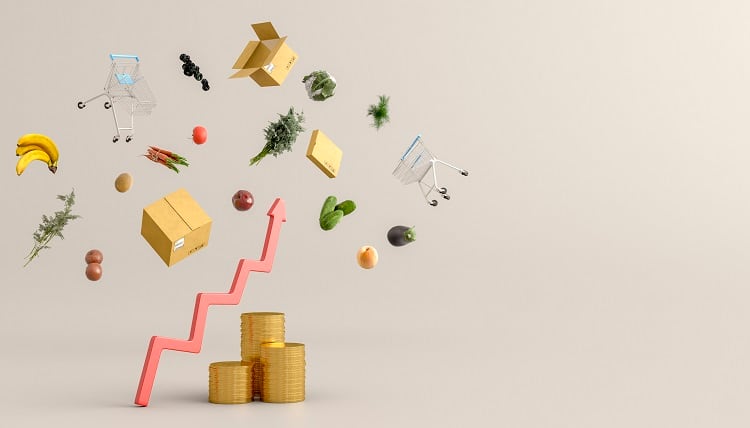For many years, the world has been the European consumer’s oyster. Whether it’s strawberries in winter (spoiler alert, they don’t grow in Europe, in winter), or courgettes in spring, European consumers have been spoilt, when it comes to access to year-round fresh produce.
But growing understanding of climate change, and the role the food industry plays in contributing to greenhouse gas emissions, has led to greater consumer awareness of the environmental impact of the foods they eat. And it’s this awareness that has led to the emerging consumer trend towards eating foods grown local to them.
Why are consumers starting to buy local?
According to the World Wildlife Fund (WWF), “The EU eats the world”. And don’t be fooled into thinking this is a positive assessment of Europe’s eating habits. Far from it, this is a damning indictment of the way Europeans eat today, importing foods from across the globe by air, sea and road.
“The European Commission can no longer shy away from taking decisive action to address the environmental and social impacts of our food consumption,” said Jabier Ruiz, senior policy officer for Agriculture and Food at the WWF. “Otherwise making the EU food system sustainable will always remain beyond reach. Now is the time to tackle the deep-rooted problems at the core of how we produce and consume food.”
And it appears consumers agree as sustainability has become increasingly important and is starting to translate into purchasing power.
“There is an appetite for change from EU consumers,” said a spokesperson for the WWF. “Three out of five Europeans want to eat more sustainably.”
And this desire for change has translated into a shift in behaviours.
"In recent times, short food supply chains and local markets, where farmers sell their produce directly to consumers or with a minimum of intermediaries, have flourished in all EU countries, both in rural and urban areas," said Marie-Laure Augère-Granier, policy Analyst for the European Parliament. "They represent an alternative to conventional longer food chains where small farmers often have little bargaining power and the consumer cannot trace the food to a known producer or local area. On average, 15% of EU farms sell more than half of their production directly to consumers."
This trend is also being seen in the UK, with figures from business intelligence platform, Statista, showing that the emergence of the 'local food movement' has led to a rise in the consumption of locally grown produce. In fact, 58% of all food consumed, in the UK in 2022, was also produced the UK.
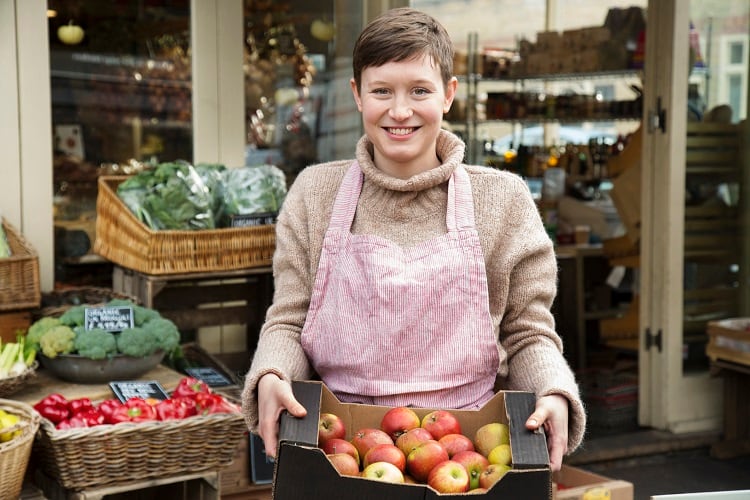
What are the benefits of consuming locally produced foods?
Eating locally produced foods provides a whole host of environmental benefits, from reducing carbon emissions to efficient water use.
“Eating seasonally as much as possible is important because you’re choosing to eat something where and when it grows best,” Ed Ayton, sustainable sourcing lead for fresh food delivery service Abel & Cole, told FoodNavigator. “There’s the obvious benefit of not having to transport items long distances, but there are other savings to be made. Fruits and vegetables that grow best in the summer might require less water, but lots of heat in winter. Conversely, winter vegetables can not only withstand the cold, they positively thrive in it. Requiring fewer resources means a smaller carbon footprint, less potential to cause pollution, and better water stewardship.”
And there are financial benefits for food producers too.
“With the right levels of demand across the seasons, farmers can also keep things growing all year, which improves the resilience of their business,” adds Ayton.
Another major advantage for consumers is flavour and quality.
“As well as the environmental benefits, the customer also gets a much tastier, longer-lasting, nutritious product, and across the year eats a diverse range of foods, and therefore a better range of micro- and macro-nutrients," says Ayton. "Looking back through human history, we’ve been eating seasonally and evolving with these cycles for millions of years, and we’re big believers that nature provides what you need when you need it.”
This shift in eating habits will also help to educate consumers on when native fruits and vegetables are in season as they will be eating them when they are grown. This is in contrast to the existing eating habits of many consumers who are less aware of seasonality as all types of fruits and vegetables are available all year round.
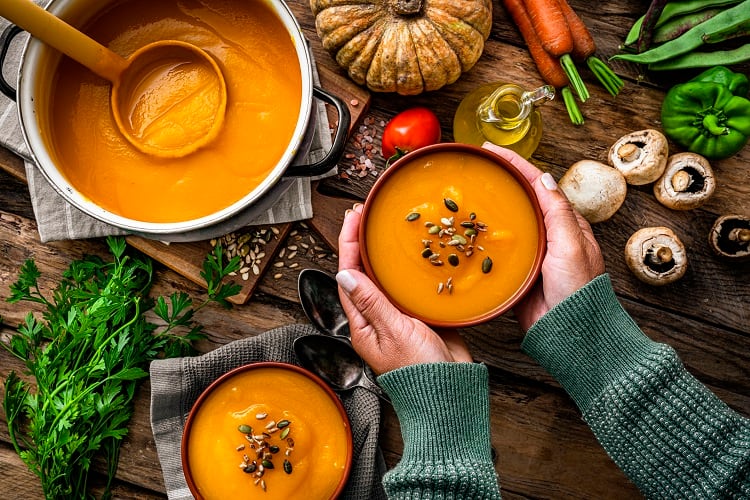
How are consumers returning to local produce?
Consumers are growing increasingly aware of the importance of a sustainable food system and the role they play in it. As a result of this, many have begun buying local produce, as a way to make a difference to their personal carbon footprint.
“It’s about food, which is grown in environmentally sound ways,” Marco Contiero, agriculture policy director for Greenpeace EU, told FoodNavigator.
There’s also a clear consumer desire to become more connected to the people who produce their food and the land it is produced on.
“Things like weekly farmers’ markets have become more commonplace,” explains Contiero. “Lots of city-dwellers are feeling more of a connection with farmers who live in the surrounding countryside. That makes people in cities want to support farmers by buying seasonal food directly from them rather than via big supermarket chains.”
However, for many, cost is a major barrier. Locally sourced produce is often more expensive as it’s grown and sold in smaller batches.
“Probably the biggest barrier to reducing the environmental impact of what we eat is the perception that we can all have whatever we want, whenever we want it and expect to buy our food for around 10% of our income, which is not a sustainable proposition,” Guy Singh-Watson, founder of organic veg box company Riverford, told FoodNavigator.
But Singh-Watson’s approach is not all or nothing. Instead, he advocates for doing what you can, as he says, “we could all get to 90% without any great loss of culinary pleasure or nutritional benefit."
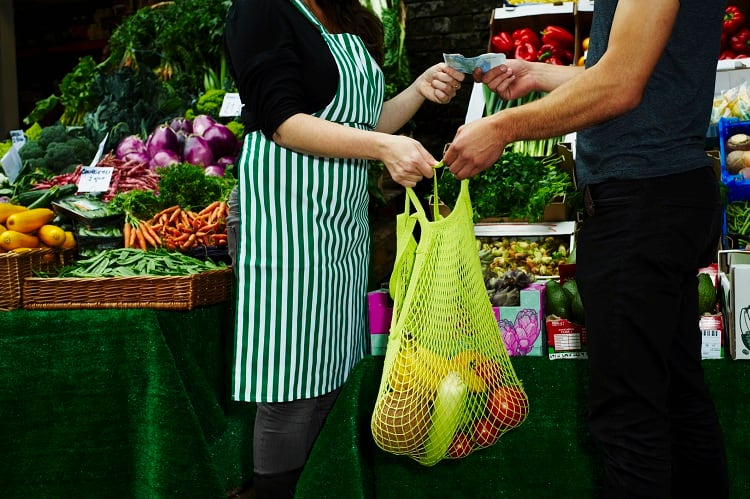
What can policymakers do to support sustainable food consumption?
The emerging consumer trend towards the consumption of locally sourced fruits and vegetables offers huge potential for food producers and manufacturers in helping to create a more resilient food system. But they can’t do it alone. So how can policymakers help to support and encourage the trend towards the consumption of locally sourced fruits and vegetables?
“Governments and public institutions can do a lot,” says Greenpeace EU’s Contiero. “Price is always going to be a decisive factor for many consumers, so governments should look at shifting subsidies and lowering VAT rates for food which is healthy, local, seasonal and organic. Governments themselves are also big purchasers of food for places like schools, for instance, so they should lead by example and buy local, seasonal and organic food at a price that gives farmers a decent living.”
And many active players in the industry agree.
"By leveraging public procurement policies and supporting accreditation schemes, like the Soil Association's 'Food for Life' programme, governments can encourage seasonal eating and create a more sustainable food system,” Harriet Bell, regenerative farming lead at Riverford, told FoodNavigator.
“We believe the government could encourage better uptake of agroecology,” adds Abel & Cole’s Ayton. “If more people were able to access organic and deeply regeneratively-grown fresh seasonal produce there would be a myriad of benefits, such as better nutrition, limiting exposure to pesticide residues, or reducing intake of ultra-processed food.”
Consumers are often unaware of the immense power they hold, but as soon as they start to behave in a certain way, policymakers, manufacturers and retailers sit up and take notice. Could we be at the beginning of a return to seasonal eating for all?


